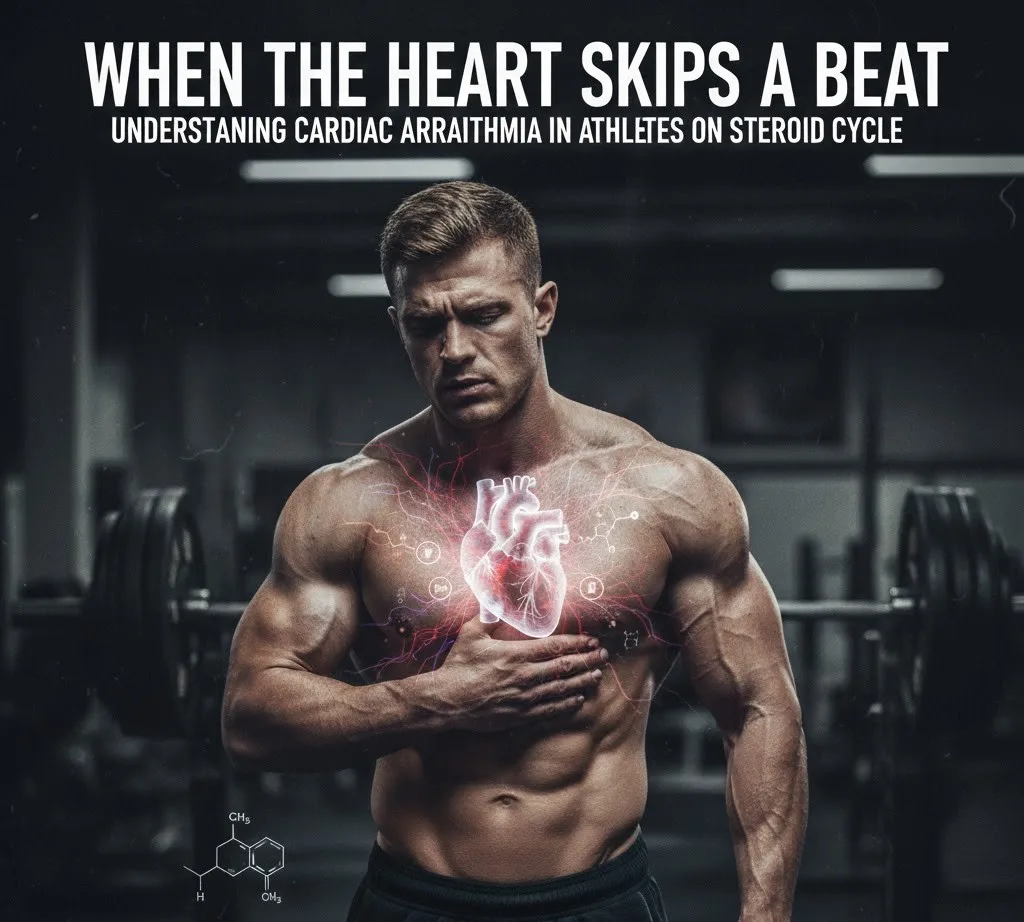For athletes, a strong and efficient heart is paramount. It's the engine that powers every sprint, every jump, and every endurance challenge. But what happens when that engine starts to misfire, causing symptoms like an unexpectedly strong or irregular heartbeat, especially during specific physiological states?
We often associate heart issues in athletes with extreme exertion or congenital conditions. However, a less discussed but critical mechanism involves intricate cellular processes, particularly those related to calcium regulation within the heart muscle. This can manifest as cardiac arrhythmia – an irregular heartbeat – and it's a topic worth understanding, especially when considering the pressures and practices in sports.
The Cellular Culprit: Calcium and G-Proteins
At the heart of many arrhythmias is a delicate balance of electrolytes and proteins within our heart cells. When the heart's cells, known as myocardium, experience an excessive accumulation of calcium, their sensitivity can skyrocket. Think of it like an over-caffeinated alarm system – it becomes hyper-responsive and can trigger signals at the wrong times.
This calcium overload is often initiated by the activation of specific G-proteins. These proteins act like messengers within the cell, and when they signal for too much calcium to be released or stored, the cell's electrical rhythm can be thrown off. The result? An irregular heartbeat, which an athlete might perceive as a "strong," "fluttering," or "skipped" beat.
The Electrical Signature: Prolonged QT Interval
When this cellular disruption occurs, it has a measurable impact on the heart's electrical activity. On an electrocardiogram (ECG), a common diagnostic tool, this often appears as a prolonged QT interval. The QT interval represents the time it takes for the heart's electrical system to fire and then recharge. A prolonged interval means this recharging phase is extended, making the heart more vulnerable to chaotic electrical activity and potentially dangerous arrhythmias. This prolongation is often linked to disruptions in potassium channels, which are critical for the electrical balance across heart cell membranes.
The Athletic Connection: Why Athletes Need to Pay Attention
Now, let's connect this to the world of sports:
-
Physiological Stress: Intense training and competition place significant stress on the cardiovascular system. While the athlete's heart adapts incredibly well, sustained or extreme stress can sometimes unmask underlying cellular vulnerabilities or create conditions where these delicate calcium-potassium balances are more easily disturbed.
-
Hormonal Fluctuations: As highlighted by the initial question about menstrual cycles, hormonal changes can influence cardiovascular parameters. Athletes, both male and female, experience various hormonal shifts that could potentially interact with these cellular mechanisms, making certain individuals more susceptible at different times.
-
Supplementation and Performance-Enhancing Drugs (PEDs): This is where the mention of Nandrolone becomes particularly relevant. Nandrolone is an anabolic steroid, often misused by athletes seeking to enhance muscle mass and strength. Anabolic steroids are known to have a range of cardiovascular side effects, and their potential to interfere with ion channels and calcium handling within heart cells is a serious concern. The fact that it's cited as an example implies a recognized link between such substances and the mechanism described. Athletes using or considering PEDs must be acutely aware of these severe cardiac risks, which can silently undermine the very organ they rely on most.
-
Early Detection: For athletes, recognizing unusual heart symptoms – be it a strong, fluttering, or irregular beat, especially if it's new or persistent – is crucial. Regular medical check-ups, including discussions about family history and any supplements being used, are vital. An ECG can provide invaluable insights into the heart's electrical health.
Protecting the Athlete's Heart
The intricate dance of calcium and potassium within heart cells is fundamental to life. For athletes pushing the boundaries of human performance, understanding how these cellular processes can go awry underscores the importance of:
-
Vigilance: Paying attention to unusual symptoms.
-
Honesty: Being transparent with medical professionals about all substances consumed.
-
Regular Check-ups: Prioritizing cardiovascular health assessments.
Ultimately, a healthy heart isn't just about physical strength; it's about robust cellular function. By being informed about these complex mechanisms, athletes can better protect their most vital organ and ensure their peak performance is truly sustainable.

